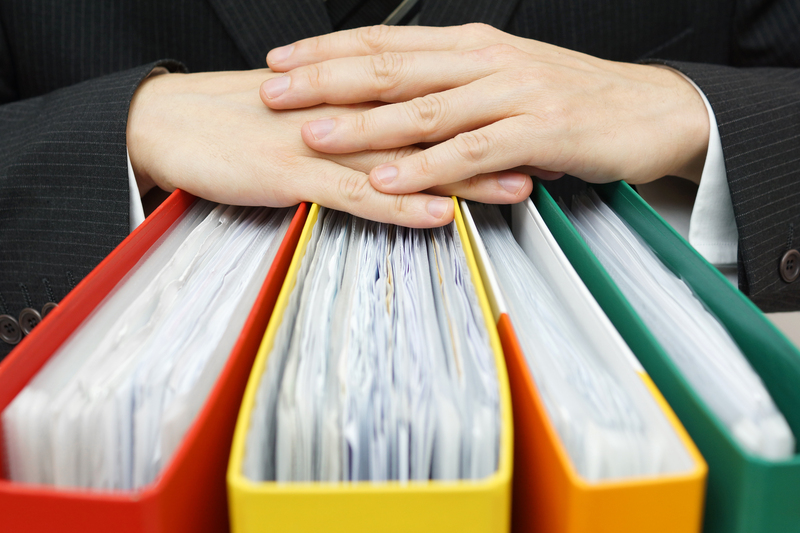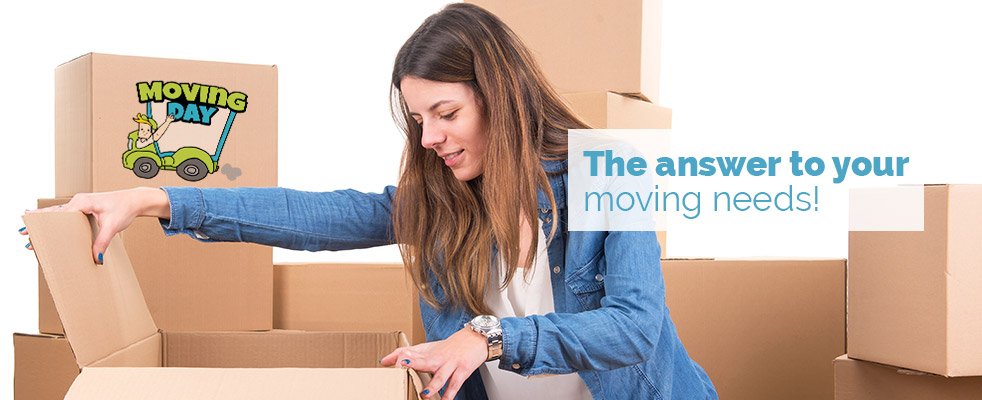Best Practices for Protecting Fragile Items when Moving
Posted on 11/03/2025
Moving can be a stressful experience, especially when it comes to transporting fragile items. Whether it's family heirlooms, valuable electronic equipment, or delicate china, ensuring that your belongings arrive safely at your new home is paramount. In this article, we will discuss the best practices for protecting fragile items when moving. We'll cover helpful tips, pros and cons, key takeaways, and conclude with actionable advice.
1. Use High-Quality Packing Materials
Investing in high-quality packing materials is the first step in protecting fragile items. Use sturdy boxes, bubble wrap, packing paper, foam peanuts, and packing tape. Ensure that the boxes are not worn out or weak, as they may collapse under pressure.

2. Label Everything Clearly
Proper labeling is crucial for moving fragile items safely. Mark boxes containing delicate items with labels such as "Fragile," "Handle with Care," or "This Side Up." This will alert movers to take extra precautions when handling these boxes.
3. Double-Boxing for Extra Protection
Double-boxing is a method where you place a smaller box containing the fragile item inside a larger box filled with cushioning material. This adds an extra layer of protection against impacts and shocks during transit.
4. Wrap Items Individually
Each fragile item should be wrapped individually in bubble wrap or packing paper. Avoid wrapping multiple items together as they might collide and break. Secure the wrapping with tape to ensure it stays in place.
5. Cushion the Contents
After wrapping the item, place it in a box with plenty of cushioning material such as foam peanuts or air pillows. Fill any empty spaces to prevent movement. Use crushed paper to provide additional cushioning.
6. Pack Plates and Glassware Vertically
Plates and glassware should be packed vertically rather than stacked horizontally. Place a piece of cardboard or foam between each item to prevent them from clashing against each other.
7. Secure Electronics and Appliances
For electronics and appliances, use the original packaging if available. If not, use anti-static bubble wrap for electronics and secure loose parts or accessories separately.
8. Avoid Overpacking Boxes
Resist the temptation to overpack boxes. Heavy boxes are more likely to be dropped, and an overstuffed box might burst. Stick to the recommended weight limit and ensure that the box is easy to lift and carry.
9. Seal Boxes Properly
Use strong packing tape to seal the top and bottom of each box. Reinforce the corners and edges to prevent the box from opening during the move.
10. Hire Professional Movers
Consider hiring professional movers with experience in handling fragile items. Reputable moving companies have specialized equipment and trained staff to ensure your belongings are transported safely.
Pros and Cons
Pros:
- Ensuring the safety of valuable and irreplaceable items.
- Reducing the risk of damage during the move.
- Organized and efficient packing process.
- Painless unpacking with everything intact.
Cons:
- Additional cost for high-quality packing materials.
- Time-consuming preparation.
- Possible expense of hiring professional movers.
Tips
- Start packing fragile items early to avoid last-minute rush.
- Keep an inventory of your fragile items.
- Use specialized boxes such as dish boxes or TV boxes for specific items.
- Consider purchasing insurance for valuable and fragile items.

Key Takeaways
- Invest in high-quality packing materials to ensure the safety of fragile items.
- Proper labeling and packing techniques are essential.
- Consider double-boxing for extra protection.
- Hiring professional movers can offer added peace of mind.
Conclusion
Protecting fragile items during a move requires careful planning, quality packing materials, and attention to detail. By following these best practices, you can minimize the risk of damage and ensure your delicate belongings arrive intact at your new home. Although the process may involve additional time and expense, the peace of mind and the safety of your valuable items are well worth it.
Remember, proper preparation is the key to a successful move. Happy moving!














